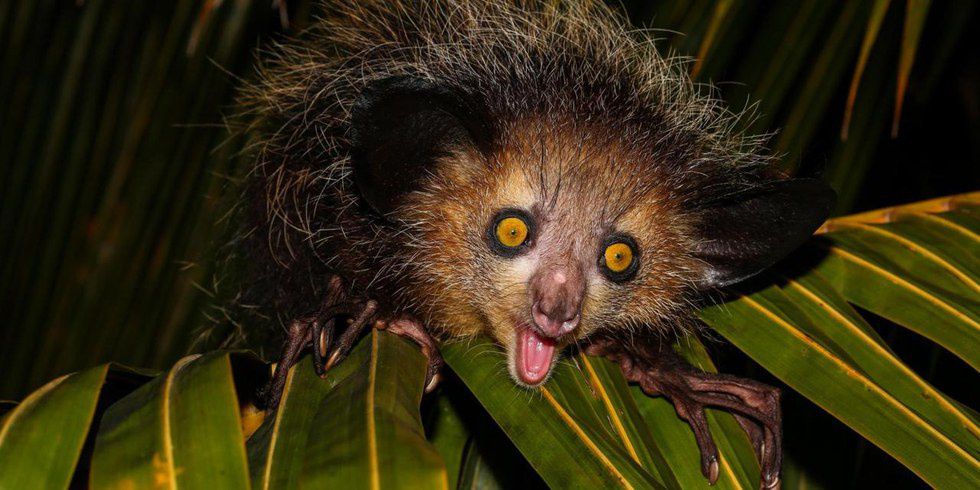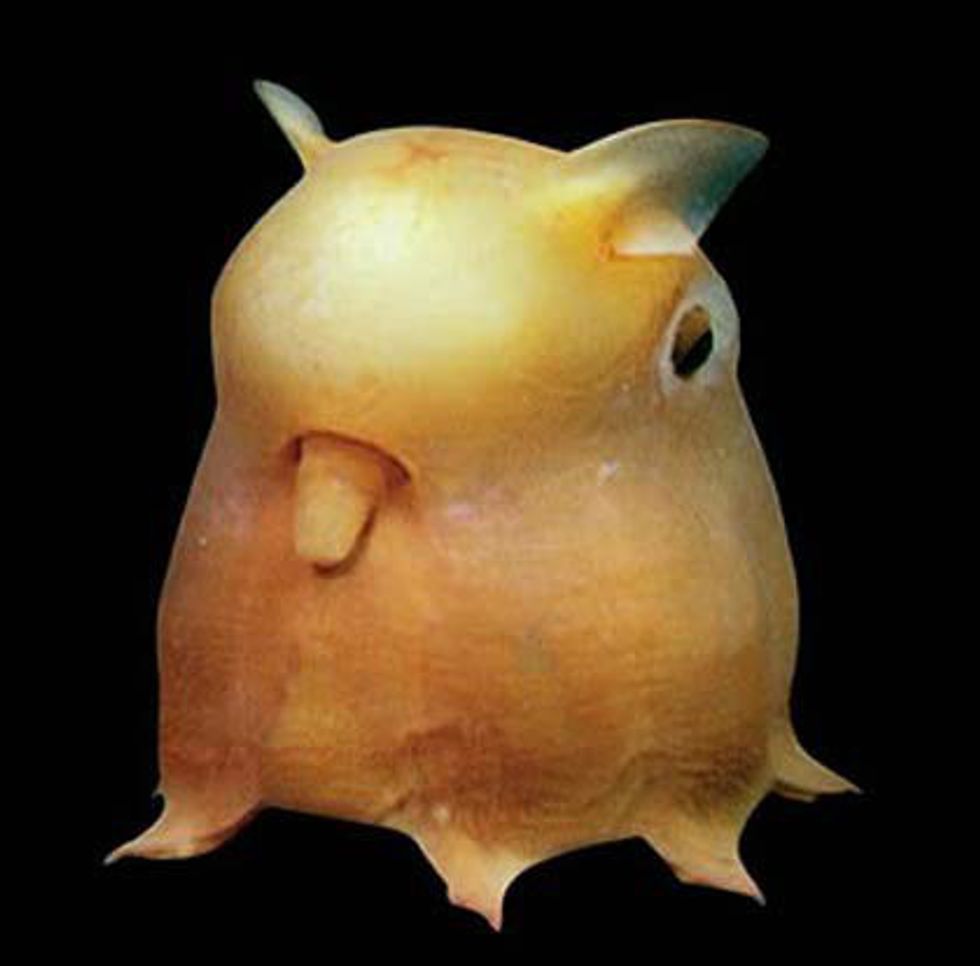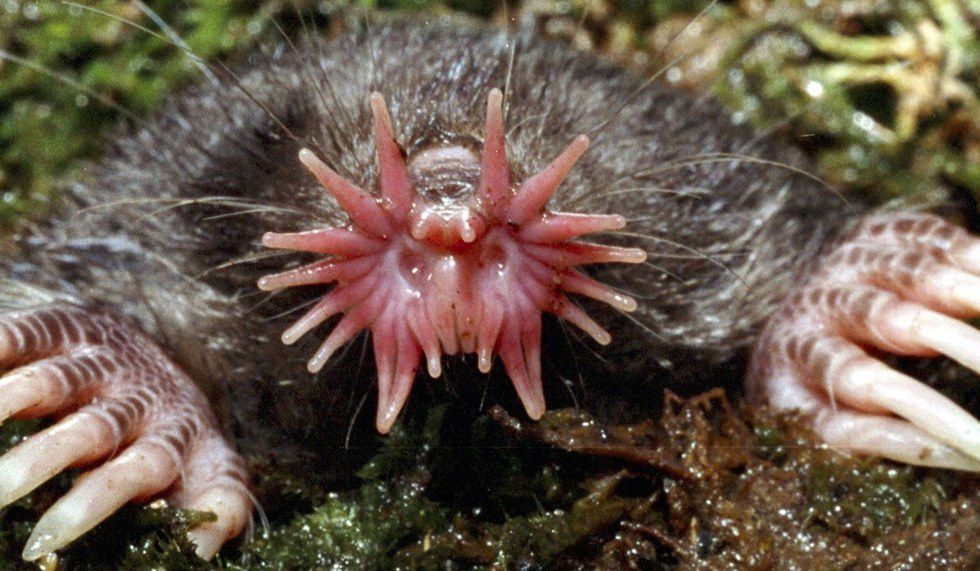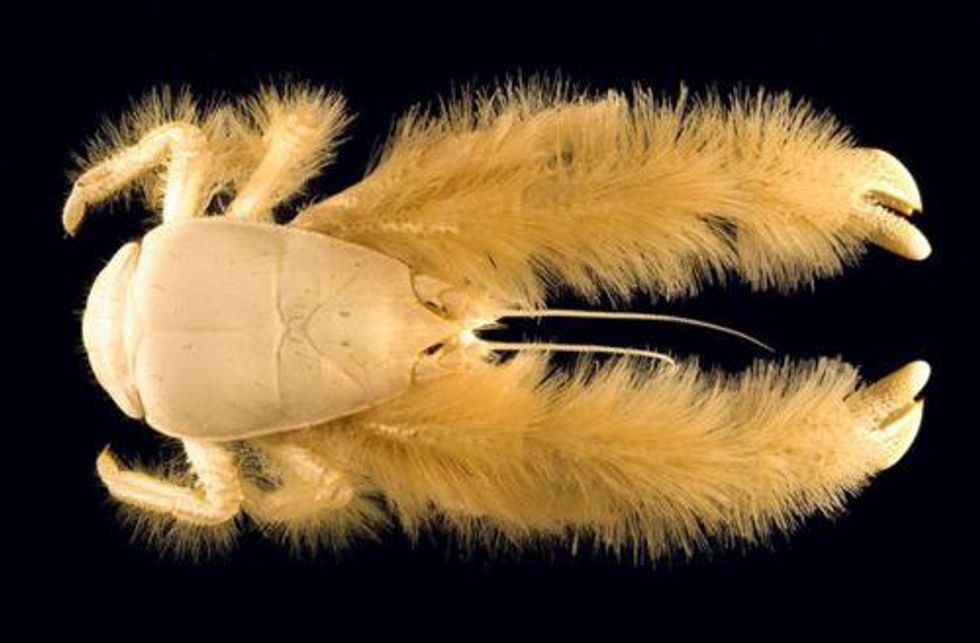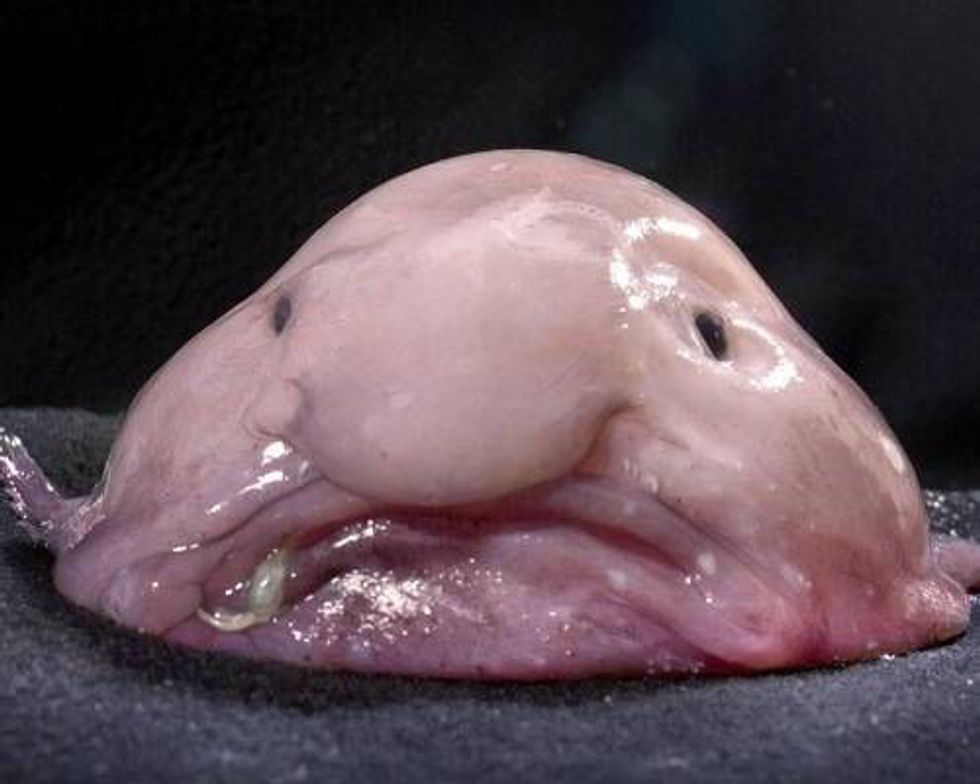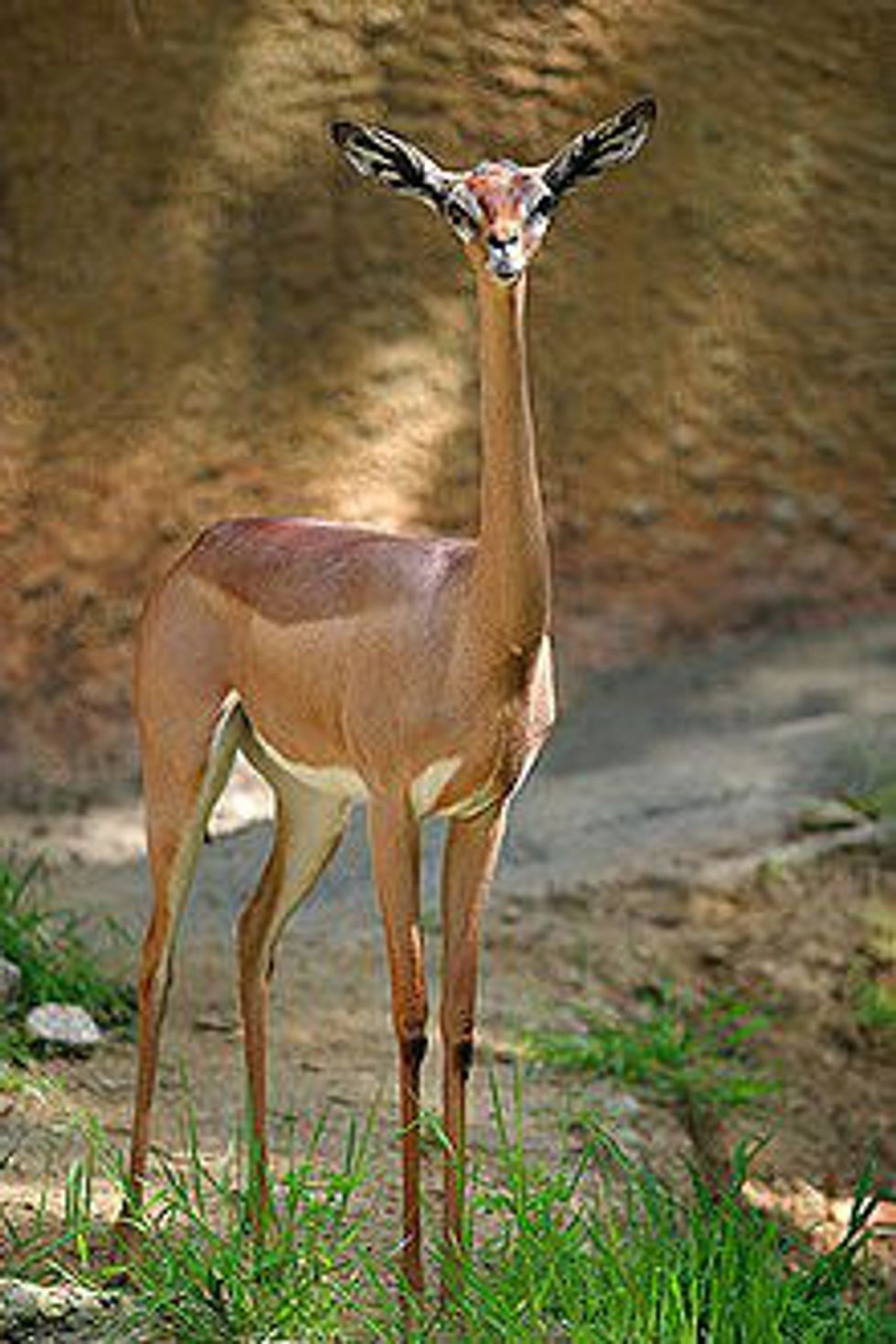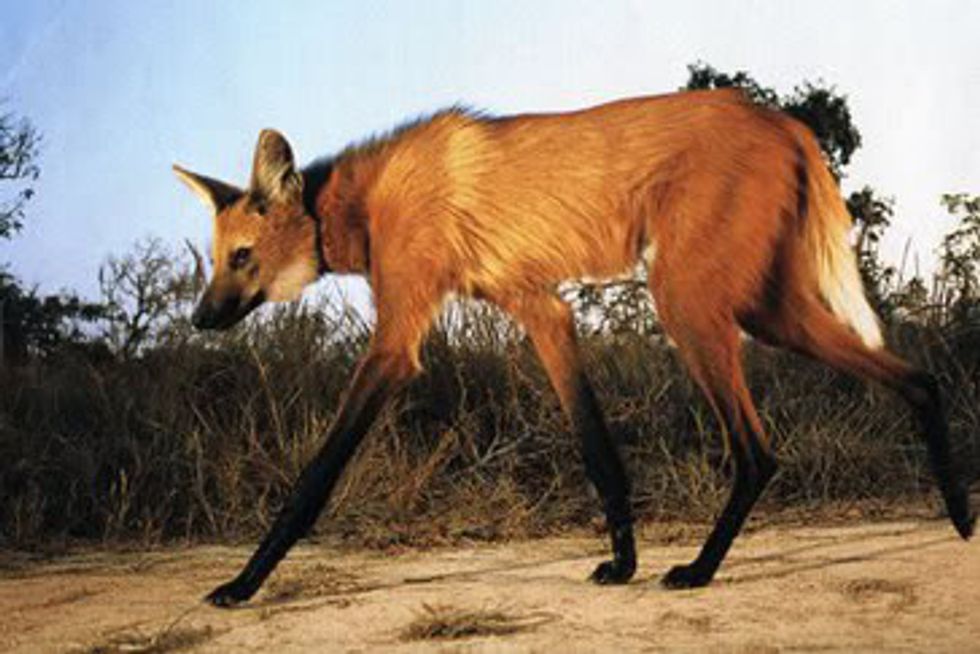The world is a pretty cool place filled with even cooler things. What many may fail to realize is that there are well over eight million species of animals that inhabit the planet we live in. Sure, we see a few of these species at the zoo, the aquarium and the pet store, but there are obviously several species the average human will probably never encounter in his or her lifetime. Lucky for you, below are some of the strangest animals you probably didn't even know existed, but here they are for your enjoyment.
1. Aye-Aye
This furry lemur is native to Madagascar and is the world's largest nocturnal primate. Perhaps this animal's most distinguishing feature is the way in which it searches for food: percussive foraging. This method involves tapping on trees to find grubs then making small incisions in the tree's bark to pull the food out. The aye-aye spends most of its life high in the trees, only coming down to ground occasionally. Unfortunately, most villages in Madagascar view this creature as a symbol of evil, and thus they are often killed on sight. Nevertheless, the Duke Lemur Center in North Carolina is aiming to conserve the species through research and breeding.
2. Dumbo Octopus
Also known as the Grimpoteuthis, this U or V-shaped creature is most notably characterized by its ear-like fins that protrude from the top of the head like the famous flying elephant in Dumbo. Dumboes frequent at the bottom of the sea, so the food supply for this species is rather small and results in a short lifespan of only three to five years. They have been found worldwide in the waters of New Zealand, Australia, Monterey Bay, Oregon, Philippines, Martha's Vineyard, Papua New Guinea and Azores.
3. Star-Nosed Mole
Found in Canada and the northeastern region of the United States, the star-nosed mole's most defining and noticeable feature is evidently its snout. Used as a touch organ, the snout has more than 25,000 sensory receptors known as Eimer's organs that help this hamster-sized mole to get around. The star-nosed mole can also, interestingly enough, smell underwater. This was believed to be impossible for mammals, but the discovery of this species has proven scientists otherwise.
4. Yeti Crab
The Kiwa hirsuta was just recently discovered in 2005 in the South Pacific Ocean. The crab is thought to be blind, as it its eyes lack pigment. The rather hairy pincers that associate this creature with the mythical Yeti are used to detoxify poisonous minerals from the water, a process known as chemosynthesis. The Yeti crab also feeds on bacteria, but it is generally thought by scientists to be a carnivore.
5. Blobfish
The blobfish and its low-density flesh have unfortunately received much criticism for its unappealing appearance outside of the water. This creature inhabits deep waters off the coast of Australia and Tanzania, as well as the waters of New Zealand. Its lack of muscle allows the fish to float just above the sea floor and consume edible matter that floats in front of it in order to survive. Due to deep-ocean trawling, the blobfish could become an endangered species in the very near future.
6. Gerenuk
Perhaps a mix between the giraffe and the gazelle, this long-necked antelope can be found in the plains of Africa and was discovered in the late 1800s. The Gerenuk lives in a small herd comprised of two to six other members, although it is common for the male to lead a solitary life. The long, slender neck of this animal is its most notable feature.
7. Maned Wolf
The maned wolf is the largest dog-like creature of South America. While it is not a fox nor a wolf, the creature's stature and markings most closely resemble the two. This mammal resides in open or semi-open spaces in countries such as Brazil, Paraguay, Bolivia and Argentina. The tall legs of the maned wolf are likely an adaption to the tall grasslands of its native habitat. Unlike wolves and other dog-esque creatures, the maned wolf does not form packs and prefers to hunt alone.




